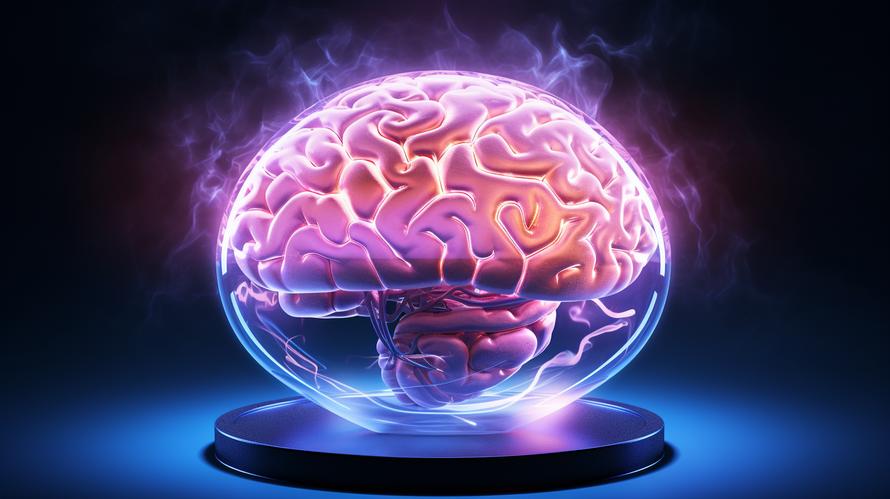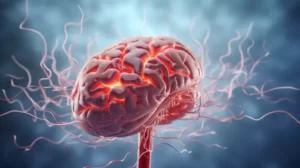Are you ready for a mental workout that doesn’t require a single crossword puzzle, math equation, or language learning app? What if I told you the secret to bolstering your brainpower lies in breaking a sweat, rather than cracking a book?
Research is uncovering fascinating evidence that regular physical exercise isn’t just for building muscles or cutting calories. It’s an unrelenting bodyguard for your brain’s well-being, warding off the gnawing claws of cognitive decline and buffering your brain against the onslaught of age-related diseases.
So, lace up those sneakers and get ready for a guided tour through the corridors of your cranium, to see just how your gym routine is quietly doubling as your brain’s trusty shield.
The link between physical activity and mental acuity is etched deep within our evolutionary blueprint. Our ancient ancestors didn’t sit around pondering the benefits of exercise; their survival depended on movement. Today, our bodies still celebrate every stride, honoring our forebearers’ active legacy by rewarding us with neurochemical bliss.
First, let’s delve into the anatomy of this phenomenon. Exercise prompts the release of a protein called brain-derived neurotrophic factor (BDNF), which is akin to fertilizer for your brain. BDNF encourages the growth and proliferation of brain cells, particularly in the hippocampus – the area associated with memory and learning. What’s more intriguing? Endurance exercise can lead to neurogenesis, the birth of new neurons, which was once thought impossible after a certain age.
But it’s not just about the neuron nursery. A study from the University of British Columbia found that regular aerobic exercise, the kind that gets your heart pumping and sweat flowing, appears to boost the size of the hippocampus. This is remarkable because typically, the hippocampus begins to shrink as we age, leading to memory lapses and increasing the risk of dementia.
Working beyond the hippocampus, exercise fortifies other areas too. Cardiovascular fitness gained from activities like running, swimming, or cycling enhances blood flow to the brain, saturating your cerebral landscape with oxygen and nutrients. The vascular health of your brain is not something to be taken lightly: the cleaner and more unhindered your brain’s blood highways are, the sharper your mental prowess.
The mental shield doesn’t stop there. Exercise is also a stress buffer. Physical activity lowers cortisol levels, the infamous stress hormone, which in high levels can harm brain structure and function. This hormonal harmony allows your brain to remain calm and not “fry its circuits” under strain.
Furthermore, working out is a key player in the brain’s synaptic plasticity – the ability to rewire itself. Imagine your brain as a dynamic, electrically bustling city that constantly reroutes traffic to optimize its flow. Exercise is one of its finest traffic controllers, making sure connections within the brain are running smoothly and effectively.
As we jog through this cerebral city, it’s impossible not to notice how exercise acts as a mood elevator – the free, all-natural antidote to depression and anxiety. The rush of endorphins post-workout is not a myth but a pharmaceutically potent reality that can rival antidepressants, sans the side effects.
At the Institute for Exercise and Environmental Medicine (IEEM) in Texas, science has taken a deep dive into cognitive resilience, an individual’s ability to maintain cognitive function in the face of brain aging and disease. Studies show that exercise induces a spectrum of adaptations that confer resilience, even acting as a potential shield against the silent creep of diseases like Alzheimer’s.
Time for a thought experiment. Think of your brain as a sophisticated network of electric circuits – the synaptic connections between neurons. Imagine every step you take jogging, every weight you lift, and every yoga pose you strike, sends a surge of energy through this network, lighting it up, making it more robust and efficient.
Make no mistake, the intensity and type of exercise do play a role in this complex neurobiological symphony. While running marathons isn’t for everyone, fear not, research from the Journal of Clinical Exercise Physiology suggests that moderate-intensity exercise is just as beneficial for cognitive function as high-intensity workouts.
But let’s bring this down to the day-to-day. What can you do to harness these cerebral benefits in your own life? The American Heart Association recommends at least 150 minutes of moderate aerobic exercise or 75 minutes of vigorous aerobic exercise per week. The good news is, it’s cumulative – a 10-minute brisk walk here, a 20-minute bike ride there – it all adds up to guard your gray matter.
In conclusion, exercise’s role in protecting the brain is multi-faceted and profound. It’s clear that engaging in regular physical activity is vital not just for your body’s health, but for the sharpness and longevity of your mind. So next time you hit the pavement, lift a weight, or stretch into a downward dog, picture your brain cells doing a little victory dance, for they are strengthening, expanding, and connecting, all thanks to the power of your own movement.
Making exercise a part of your life isn’t just about a slimmer waist or a faster mile. It’s about investing in your brain’s future, ensuring that the folds and fibers within your skull remain as fit and vigorous as the muscles below. With researchers to back up every claim, this is not a mere fitness fad – it’s a cerebral revolution. Why wait? Strap on those shoes, and let’s start fortifying the fortress that is your mind.



